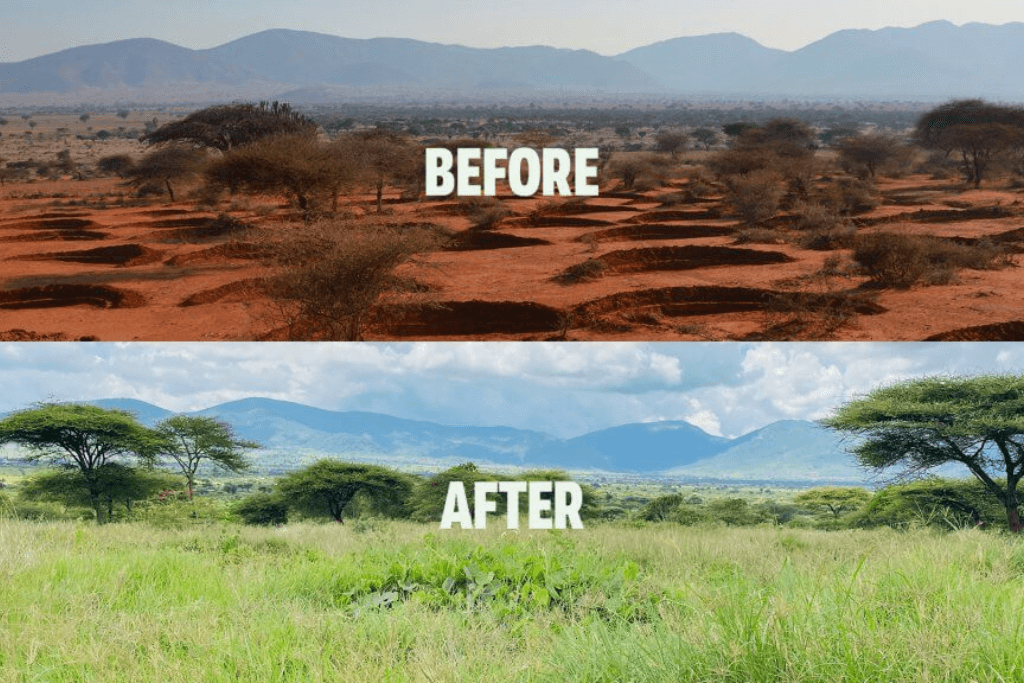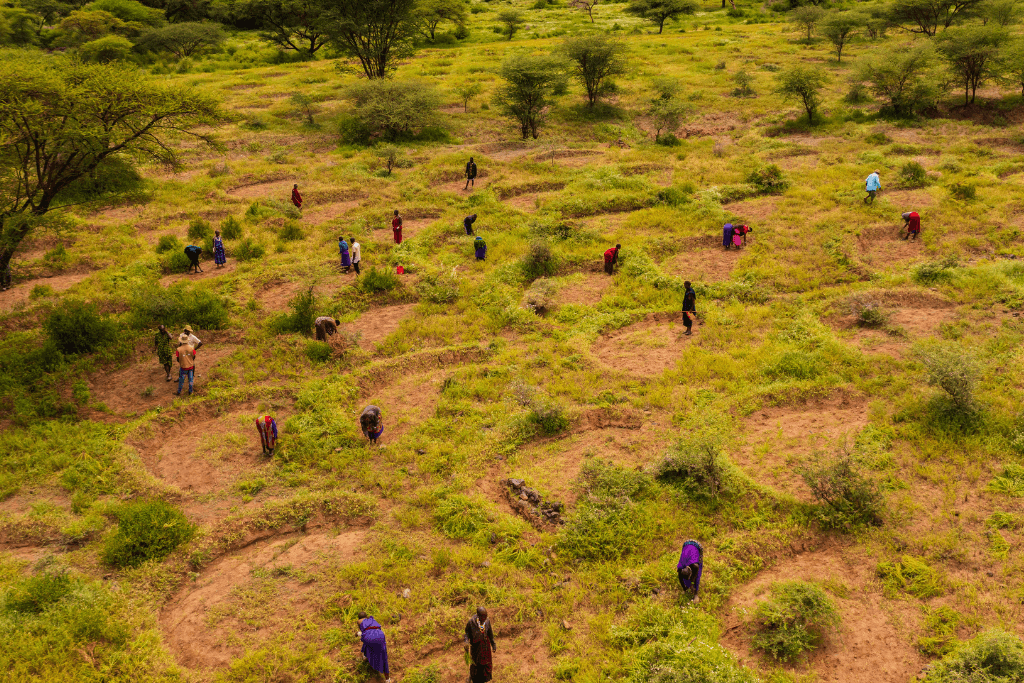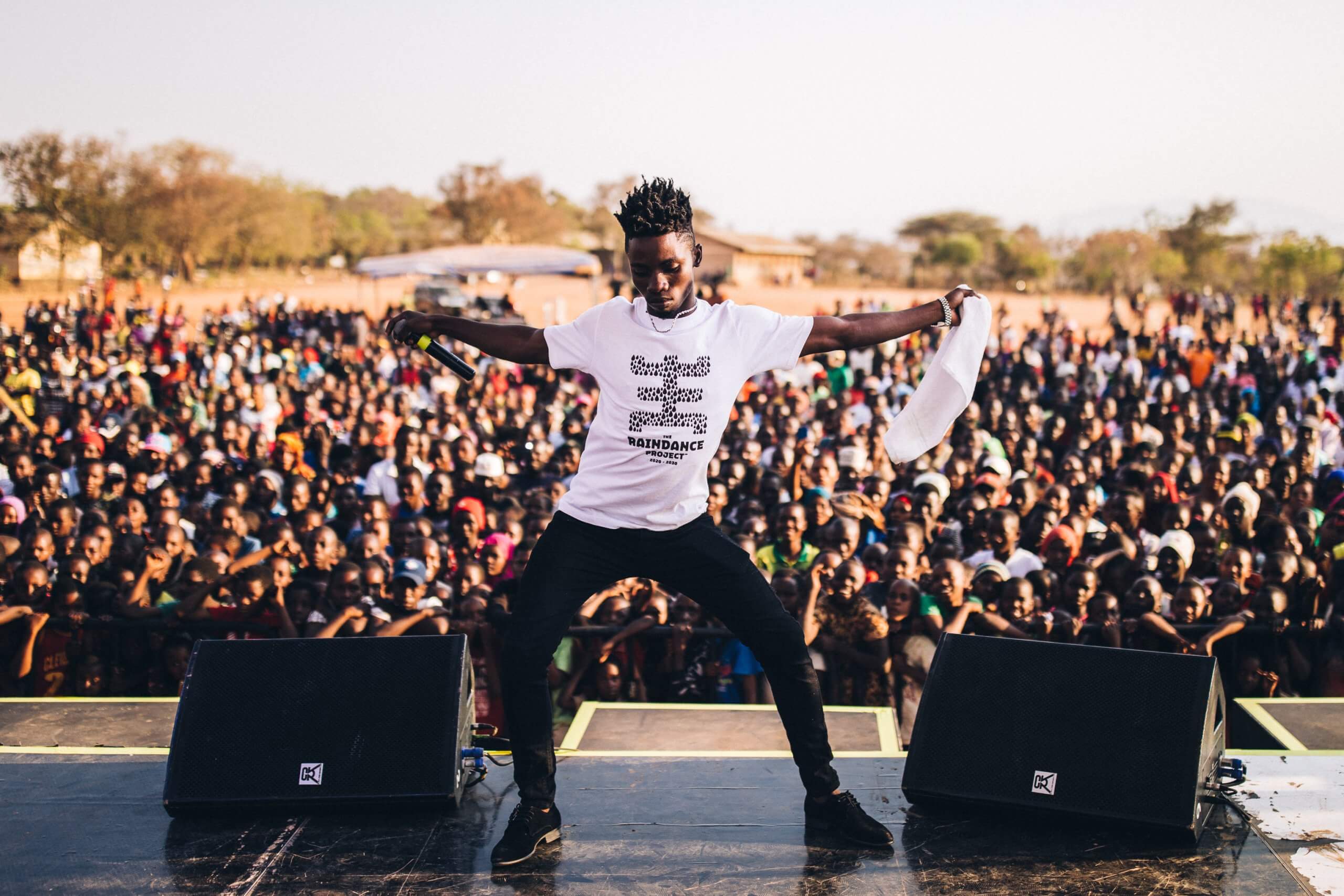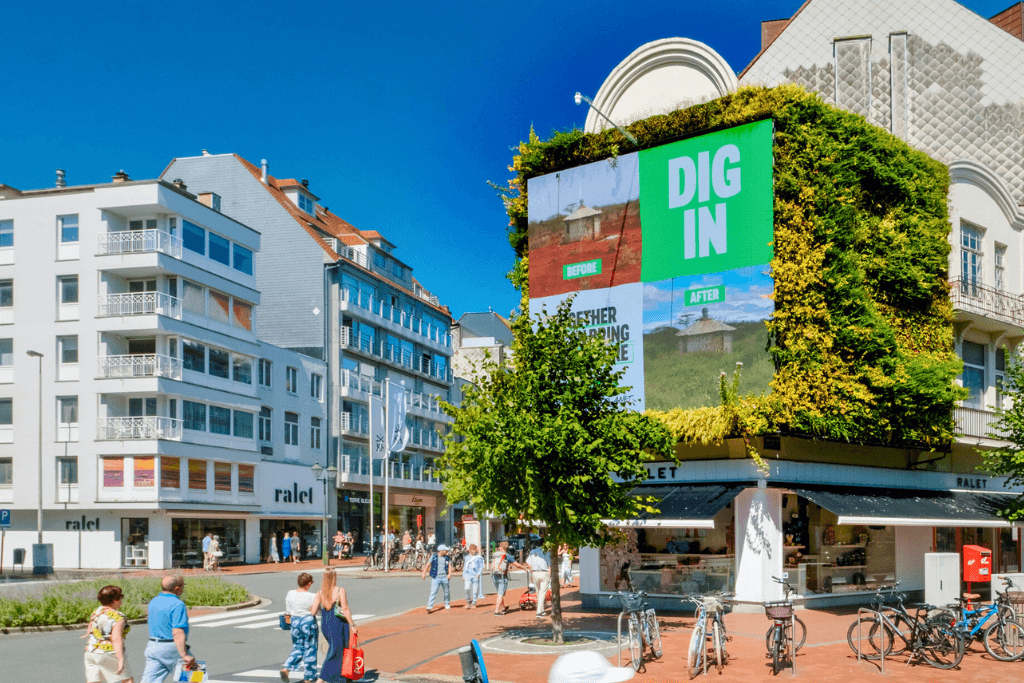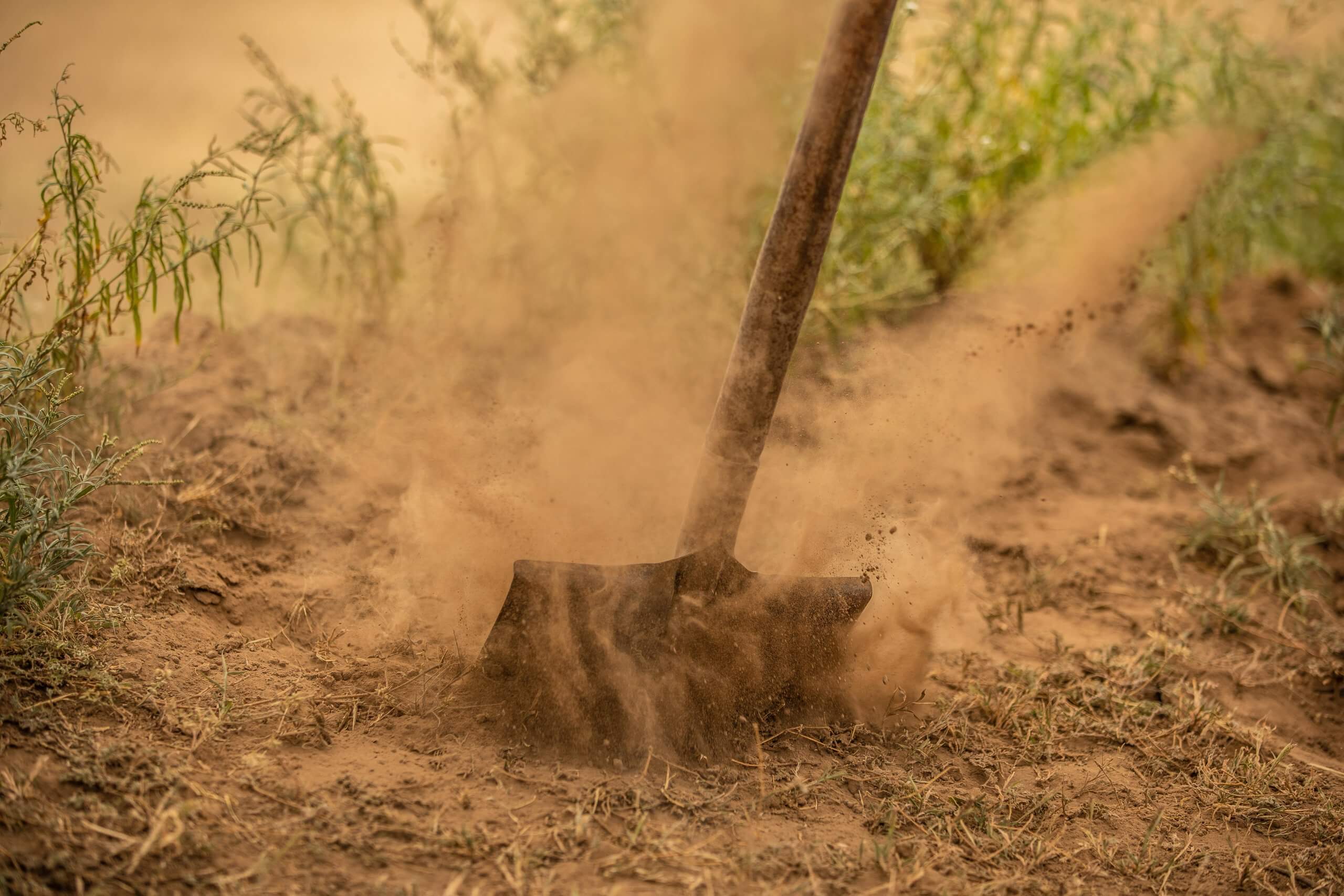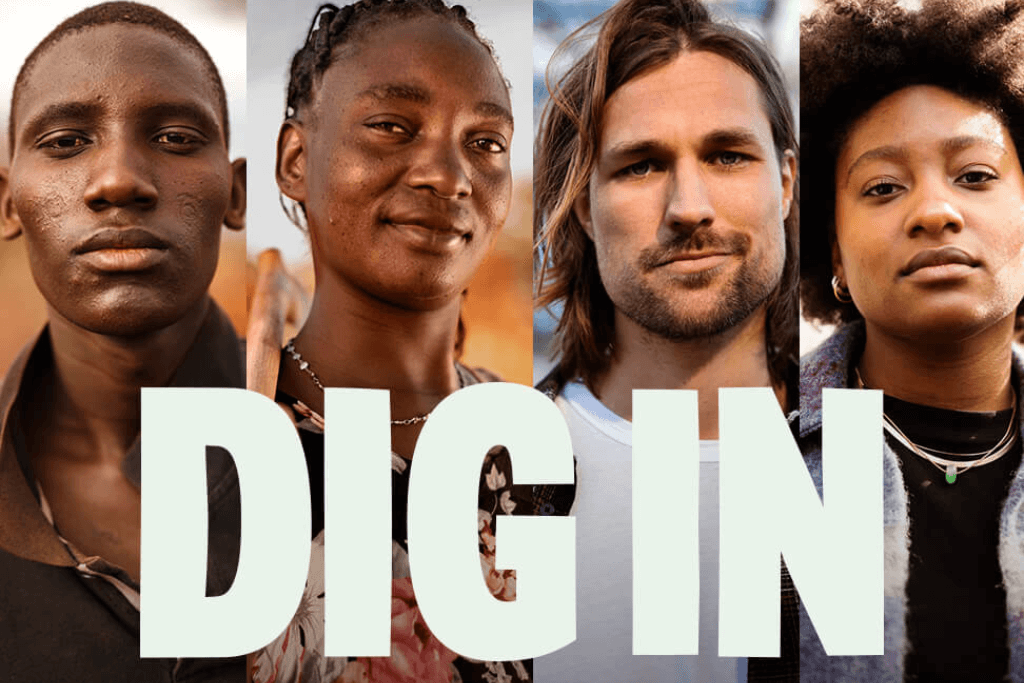How do grass seed banks work?
Most people know that we are digging bunds and bringing back trees to regreen our planet. However, there are other, equally effective techniques we use in our projects. That’s why we decided to highlight one of our most impactful interventions: grass seed banks.
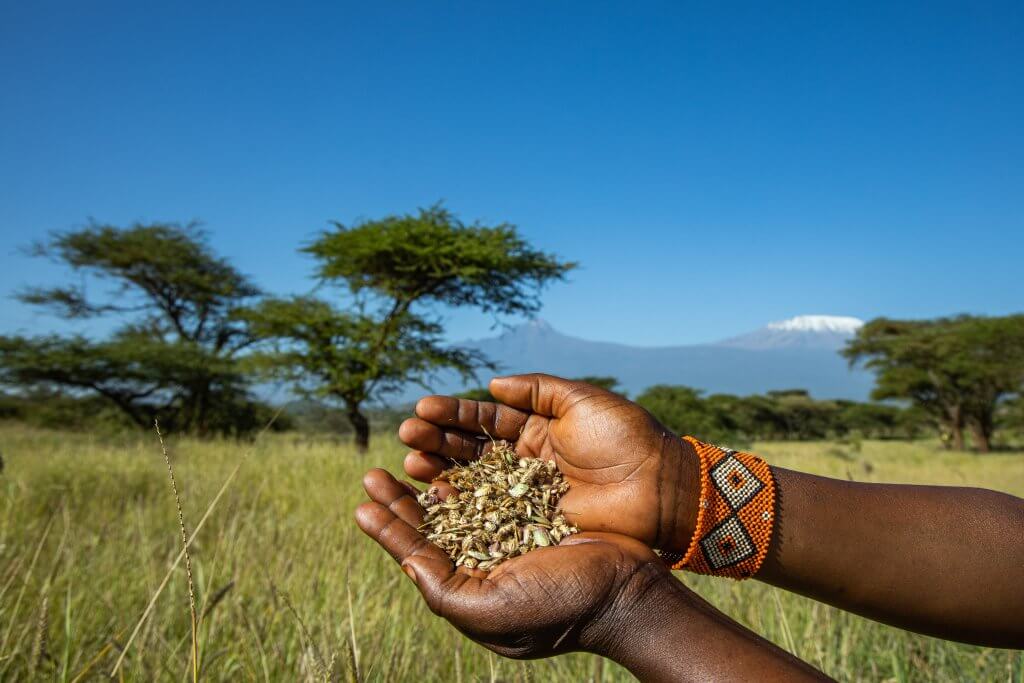
Why grass seed banks are important ?
In short, grass seed banks are degraded areas of communal land turned into green grasslands fit for harvesting these grasses. The grass seed banks are managed and maintained by groups in Kenya. Once the grasses are fully grown, the grasses produce grass seeds which are sold on local markets or to other regreening projects.
Grass seed banks provide economic opportunities for local communities while restoring degraded landscapes. Besides, this project also helps to maintain indigenous rangeland grasses, which are often neglected and underdeveloped in terms of market and conservation.
Establishing grass seed banks
Grass seed banks are run by and for local communities. For every new grass seed bank project, we start a process of community involvement together with our partner, Maasai Wilderness Conservation Trust (MWCT). In meetings with community leaders, we explain the benefits of grass seed banks and what community involvement entails. The decision of where to establish grass seed banks is then taken by the community. The selected site is often a degraded area of around ten hectares.
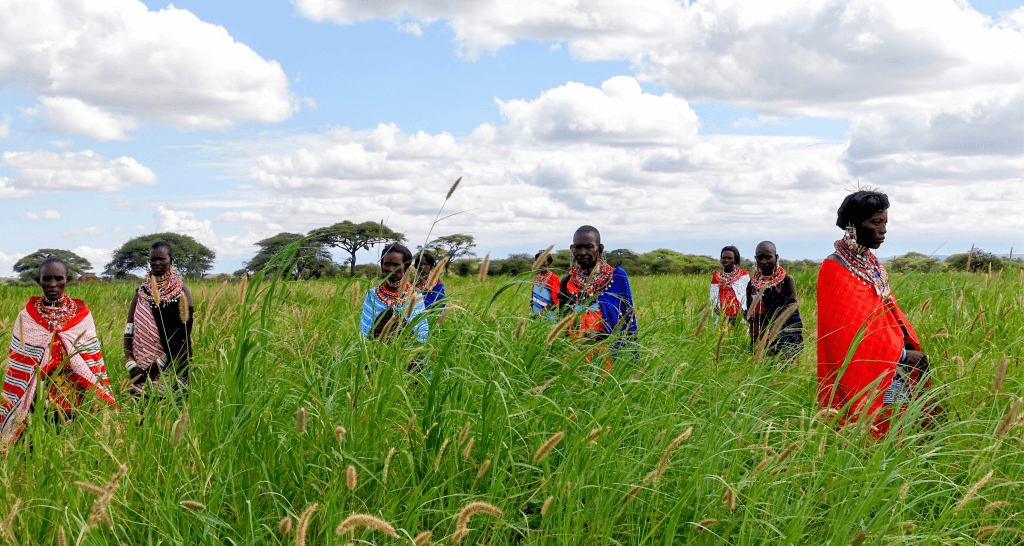
Maasai Women Colleting grass seeds
Keeping unwanted guests out
After establishing the grass seed banks, the site is fenced off by the community to protect it from unwanted guests. It’s impossible to grow and harvest grass when livestock and wildlife use it as a snack, after all!
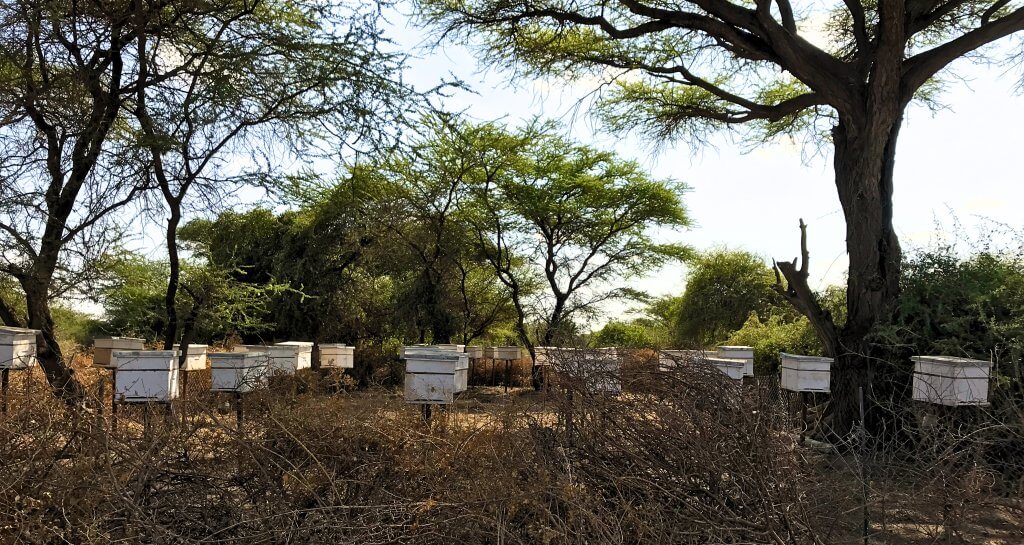
Beehives Justdiggit, Kenya
Fun fact: Elephants like to eat the grasses and unfortunately damage the fences. To prevent this, Save the Elephants came up with an ingenious solution for us: beehives. As elephants fear bees, we install beehives on the fences to keep them from entering the sites!
Growing the grass
To ensure proper growth of the grass, tilling of the land is essential. This helps to soften the soil and increase percolation. When it’s time to sow, indigenous grass seed species are placed on top of the soil and covered using tree branches. The grass seed banks are harvested twice a year.
Maasai women’s groups
In our projects in Kuku Group Ranch and OOGR (Kenya), we started to turn the grass seed banks into landscape restoration enterprises. We support women from the Maasai community in growing, harvesting and selling the grass seeds, so they are able to earn additional income. This can help the women to pay for school fees, health care and to support their families. It can also improve their status in the community, as everyone can see that it is their entrepreneurship that makes the grass seed banks such successful projects.

Maasai Women weighing out seeds collected Justdiggit
At the moment, there are 272 women entrepreneurs involved in all of our grass seed banks. Together, they harvested 4,000 kilograms of grass seeds – similar to the weight of an African elephant!
